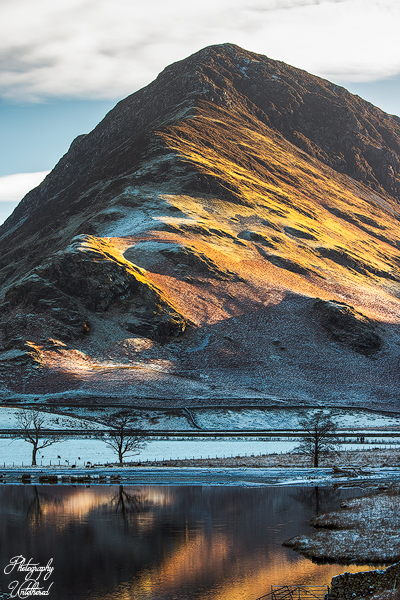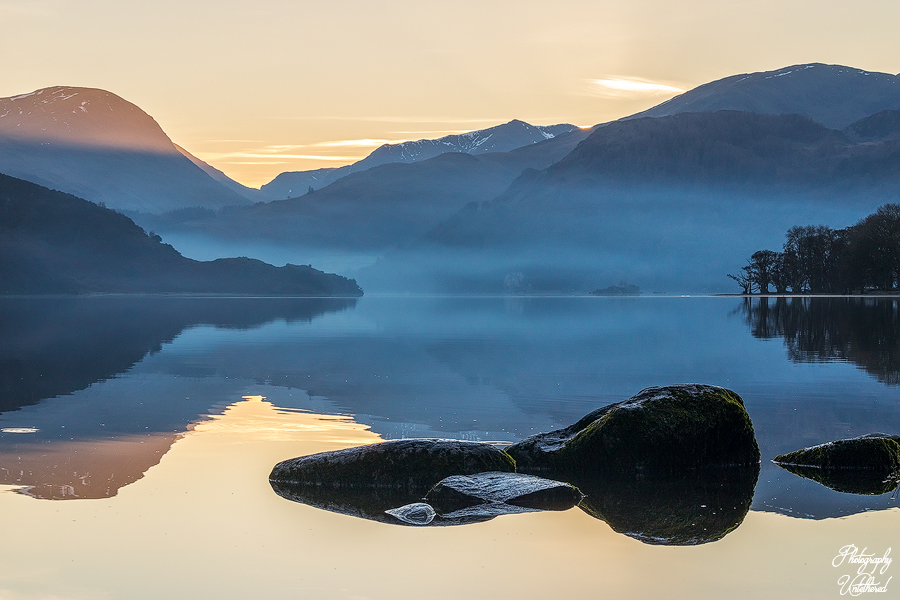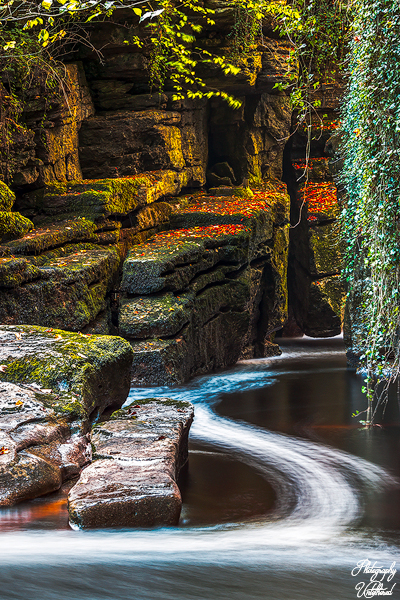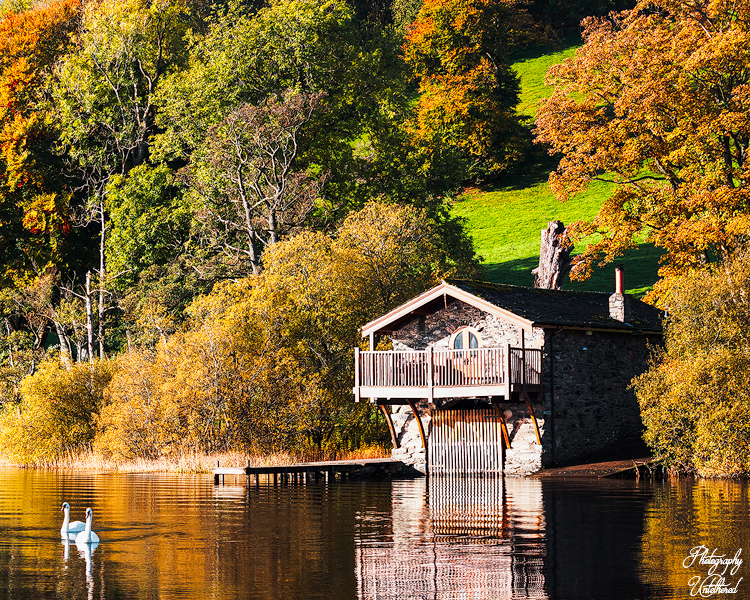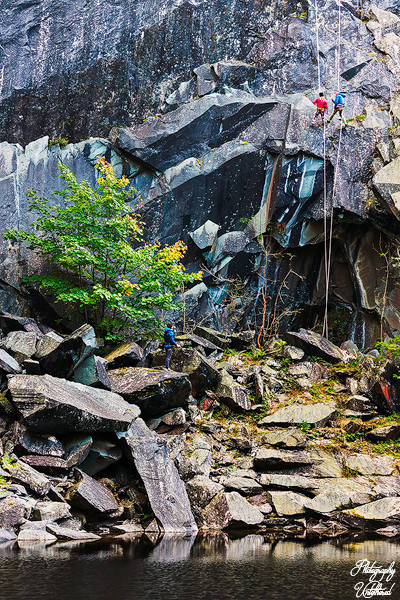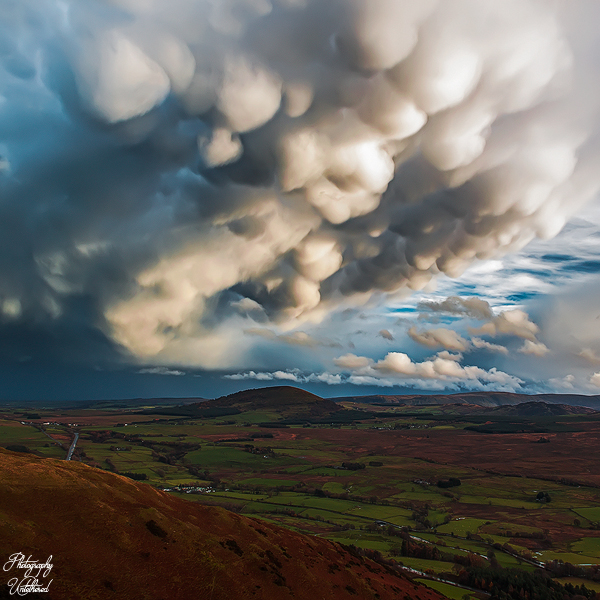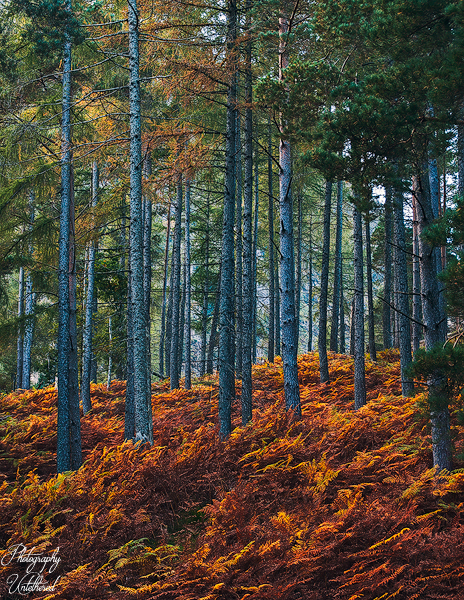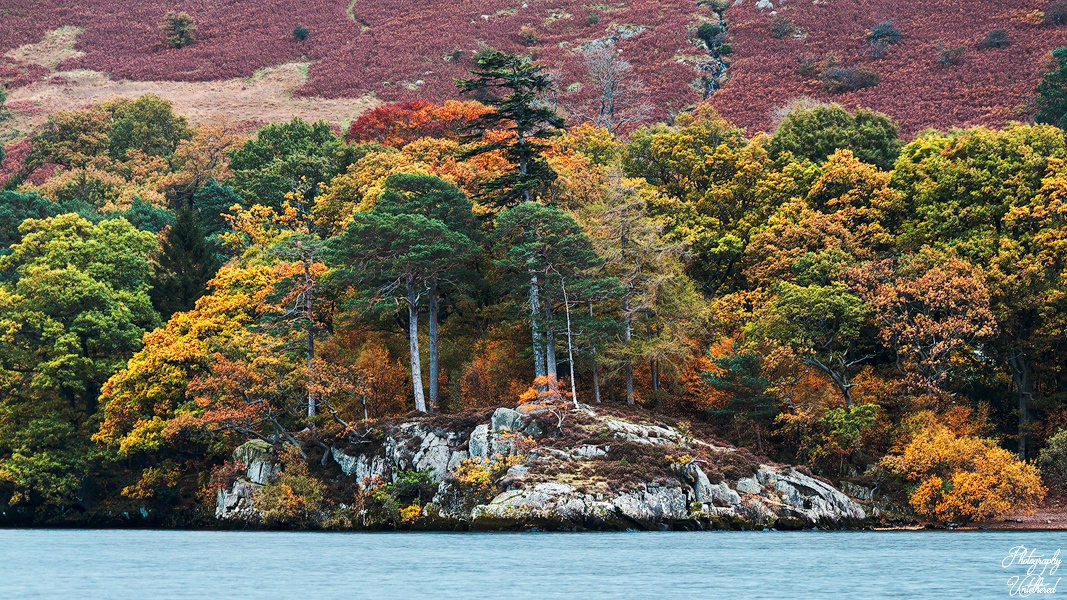
Lake District Photography:
The Lake District is renowned for being an exceptional location for landscape photography, thanks to its diverse and dramatic natural features, varied weather conditions, and rich historical and cultural associations. Its unique topography, shaped by glacial activity, offers an unparalleled array of photographic opportunities, from serene waters to rugged mountain peaks.
The region’s appeal stems from several key elements. Firstly, the presence of numerous lakes and tarns, such as Windermere, Ullswater, Derwentwater, Buttermere, and Wastwater, provides ample opportunities for capturing stunning reflections, mist, and atmospheric conditions, particularly during sunrise and sunset. Photographers often seek out iconic spots like the “Buttermere Tree” or the jetties at Windermere and Ullswater for classic compositions. The calm surfaces of these bodies of water can create perfect mirror-like reflections of the surrounding fells, a highly sought-after element in landscape photography.
Secondly, the mountainous terrain, including peaks like Helvellyn, Skiddaw, and the Langdale Pikes, offers dramatic backdrops and elevated viewpoints for panoramic shots. Locations such as Surprise View in Borrowdale provide expansive vistas over Derwentwater and Skiddaw. The interplay of light and shadow on these fells, especially during changing weather, creates dynamic and visually compelling scenes.
Thirdly, the Lake District experiences a wide range of weather conditions, from clear sunny days to moody, misty, or snowy environments, all of which contribute to unique photographic possibilities. Winter, in particular, can transform the landscape into a magical, snow-covered wonderland, offering distinct challenges and rewards for photographers. This variability ensures that no two visits are ever the same, constantly presenting new lighting and atmospheric conditions to capture.
Beyond its natural beauty, the Lake District also boasts historical and cultural landmarks that add depth to landscape compositions. Ancient sites like Castlerigg Stone Circle, with its panoramic views and mountainous backdrop, offer a blend of natural and historical interest. The region’s association with poets like William Wordsworth and authors like Beatrix Potter also adds a layer of narrative and charm to the landscape
Lake District Photography: Fleetwith Pike Buttermere
Fleetwith Pike is a majestic fell located in the English Lake District, standing at 648 metres (2,126 feet). This impressive mountain overlooks Buttermere and the Honister Pass along the B5289 motor road, which connects Borrowdale to Buttermere. The handheld photograph captures the sheer dominance of Fleetwith Pike. It was taken in December 2022, a memorable month characterized by sub-zero temperatures and stunning sunsets and sunrises.
Lake District Photography: Ullswater
Ullswater, with its breathtaking beauty, serves as a reminder of nature’s tranquillity and resilience. Standing by the shores of this majestic glacial lake, you can’t help but feel inspired by its serene waters and the surrounding landscapes, which have been shaped over millennia. The tranquillity of a winter evening at Ullswater, particularly on that memorable December night in 2021, encapsulates a moment where time seems to stand still, inviting us to reflect on the peaceful and awe-inspiring wonders of our natural world. Let such landscapes remind us to pause, breathe, and appreciate the simple yet profound beauty that surrounds us, inspiring us to find wonder in every aspect of life.
Stenkrith Park Kirkby Stephen:
Stenkrith Park, although not technically part of the Lake District, is located in near Kirkby Stephen, Cumbria. This notable natural feature is formed by the River Eden, which plays a key role in the area’s geological landscape. The River Eden originates in the Mallerstang Valley, situated within the Yorkshire Dales National Park. As the river flows toward Kirkby Stephen, it carves out impressive geological formations, including gorges and waterfalls.
Stenkrith Falls is located just before the river cascades into a gorge known as Coopkarnel Hole, which is also referred to as “The Devil’s Mustard Mill.” This area is characterised by dramatic limestone cliffs and unique geological features, making it a fascinating place to visit. The photograph above was taken as the river flows into the gorge after Coopkarnel Hole.
Lake District Photography: The Duke of Portland Boathouse
The Duke of Portland Boathouse is a historic and iconic structure located on the shores of Ullswater in the Lake District, England. Originally built in the 18th century, it was associated with William Cavendish-Bentinck, the 3rd Duke of Portland, who served as Prime Minister twice. The boathouse has become a popular holiday cottage and is renowned for its stunning views and romantic setting.
The boathouse was originally owned by the 3rd Duke of Portland, who was a prominent political figure in British history. He served as Prime Minister during two non-consecutive terms: first in 1783 and then from 1807 to 1809. His tenure is notable for being marked by significant political events, including the conclusion of the American Revolutionary War during his first term. Due to ongoing legal disputes with the Earl of Lowther, however, he was forced to sell his Cumberland estates along with the boathouse to cover his legal expenses.
Photographic info: The Duke of Portland Boathouse was taken handheld with an ISO of 400, a shutter speed of 1/200 sec, and an aperture of F8. I was fortunate to have both swans glance in my direction just before they left the frame. In landscape photography, luck truly is your greatest companion.
Lake District Photography: Hodge Close Quarry
Hodge Close Quarry is situated in the Tilberthwaite Valley near Little Langdale and Coniston in the Lake District, England. It is known for its dramatic scenery and deep green slate walls. The quarry was primarily used for slate extraction until the 1960s, after which it became a popular site for various recreational activities, including climbing and diving.
Lake District Photography: Mammatus clouds | Scales Fell
Mammatus clouds, derived from the Latin word “mamma” meaning “udder” or “breast,” are distinctive cellular patterns of pouches hanging underneath the base of a cloud. While most commonly associated with cumulonimbus (thunderstorm) clouds, they can also be found under other cloud types such as altostratus, cirrus, and even volcanic ash clouds. The World Meteorological Organisation’s International Cloud Atlas classifies mamma as a supplementary cloud feature, not a distinct cloud genus, species, or variety.
Photographic info: The Rare Mammatus clouds were taken handheld with a basic Canon Rebel and a second-hand £79 lens, ISO of 100, a shutter speed of 1/20 sec, and an aperture of F8. Taken in November 2018, from Scales fell; the weather was hideous, and only a madman would have been out. Thank God for my insanity 🙂
Lake District Photography: St. Patrick’s Boat Landing, Ullswater
St. Patrick’s Boat Landing is a popular destination on Ullswater in the Lake District. Located in Glenridding, Cumbria, England, it offers boat hire and a lakeside tearoom, making it an excellent place to explore the stunning beauty of Ullswater. Additionally, it is a fantastic spot for capturing beautiful reflections in the water.
Lake District Photography: Autumn Borrowdale
The Borrowdale woodland, located within the Lake District National Park in Cumbria, England, is a significant example of a temperate rainforest and has recently been designated a National Nature Reserve (NNR). This ancient habitat, often referred to as Atlantic oakwood or Celtic woodland, is characterised by its lush, moss- and lichen-covered trees, thriving due to the area’s high rainfall and humid environment.
The Borrowdale rainforest is one of the few remaining fragments of this ecosystem in Britain and Ireland, which once covered much of western Europe but has largely disappeared due to natural climate change and human deforestation. The woodland complex is predominantly broad-leaved deciduous woodland, accounting for over 60% of its general site character. It is particularly rich in bryophytes and lichens, including rare species such as the moss Ptilium crista-castrensis.
The Borrowdale Valley’s unique geological features, shaped by glaciers and influenced by the Gulf Stream, contribute to its diverse flora and fauna, including rare and endangered species, making it a Site of Special Scientific Interest (SSSI) and Special Area of Conservation (SAC).
Click for Posts on The English Lake District
The website is self-funded, and my work is free. All profits from the site’s product links go to SightSavers; if you have enjoyed any aspect of this site, please consider a giving a donation here. No one should go blind from avoidable causes. How many people’s sight will you help us save today?
Fragmented Memory 🙂
